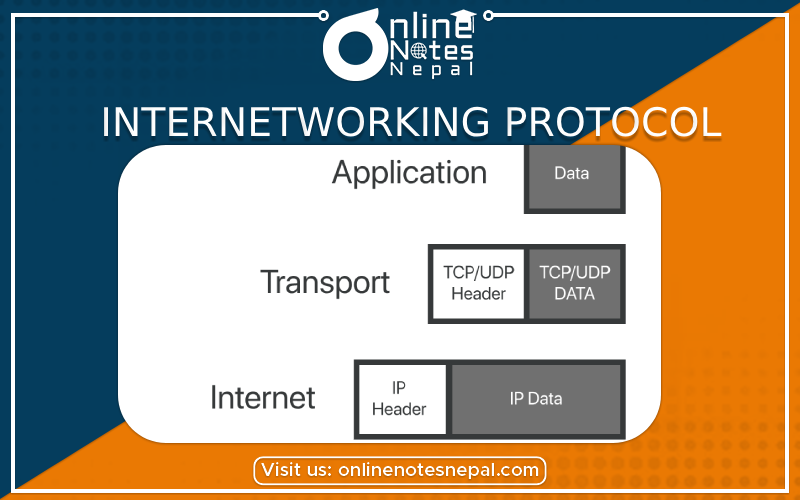Published by: Sujan
Published date: 18 Jun 2021

Internetworking is the process or technique of connecting different networks by using intermediary devices such as routers or gateway devices. It ensures data communication among networks owned and operated by different entities using common data communication and the Internet Routing Protocol.
Protocols are the standard set of rules and procedures for the control of communication in a network. It describes rules to govern the transmission of data over communication networks.
TCP/IP is the protocol used on the Internet. The computers connected to the Internet may be personal computers or mainframes; the computers could have a slow or fast CPU, small or large memory, connected to different networks having slow or fast speed. TCP/IP protocol makes it possible for any pair of computers connected to the Internet to communicate, despite their hardware difference. It has two major components: TCP and IP.
Functions of IP
Functions of TCP
The IP protocol deals only with packets whereas TCP enables two hosts to establish a connection and exchange streams of data. TCP guarantees delivery of data and also guarantees that packets will be delivered in the same order in which they were sent.